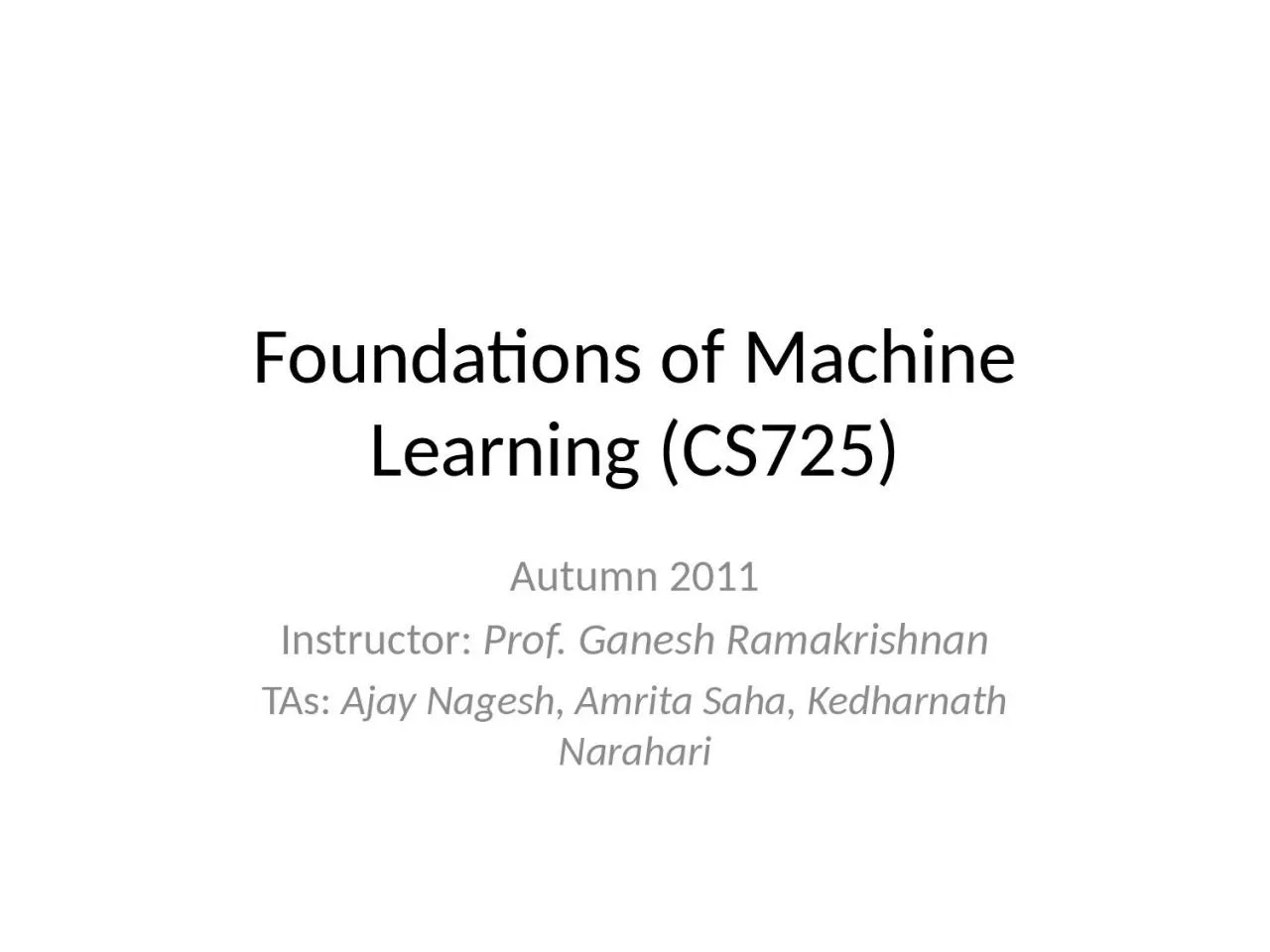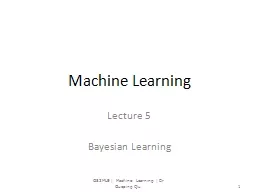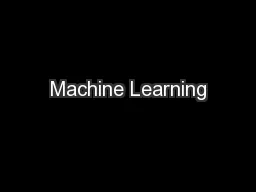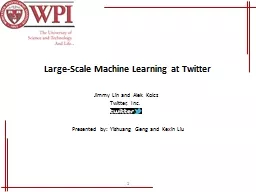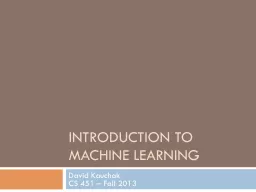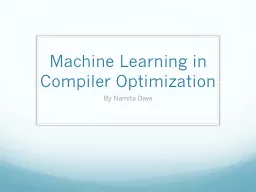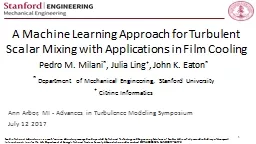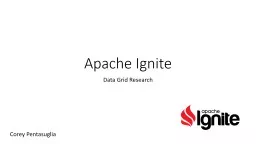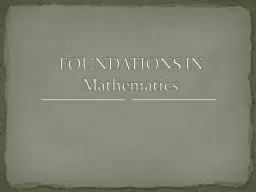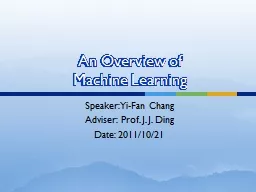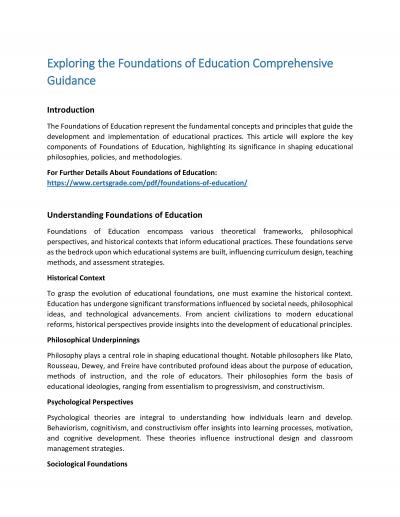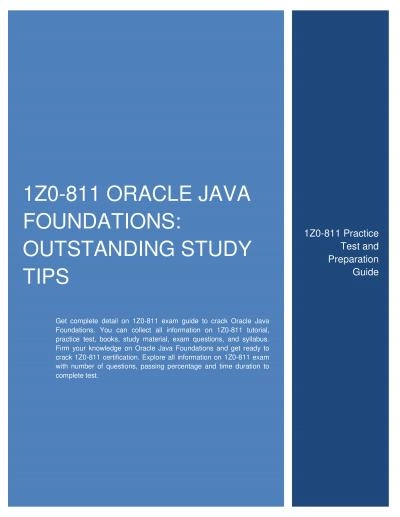PPT-Foundations of Machine Learning
Author : pamela | Published Date : 2023-10-30
CS725 Autumn 2011 Instructor Prof Ganesh Ramakrishnan TAs Ajay Nagesh Amrita Saha Kedharnath Narahari The grand goal From the movie 2001 A Space Odyssey
Presentation Embed Code
Download Presentation
Download Presentation The PPT/PDF document "Foundations of Machine Learning" is the property of its rightful owner. Permission is granted to download and print the materials on this website for personal, non-commercial use only, and to display it on your personal computer provided you do not modify the materials and that you retain all copyright notices contained in the materials. By downloading content from our website, you accept the terms of this agreement.
Foundations of Machine Learning: Transcript
Download Rules Of Document
"Foundations of Machine Learning"The content belongs to its owner. You may download and print it for personal use, without modification, and keep all copyright notices. By downloading, you agree to these terms.
Related Documents

